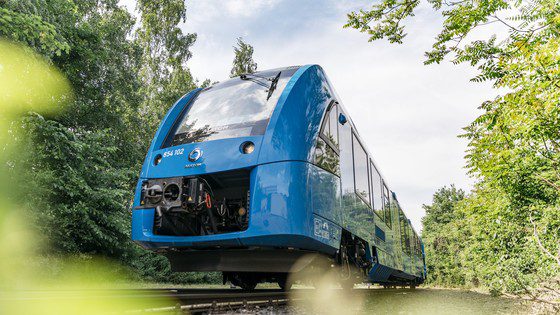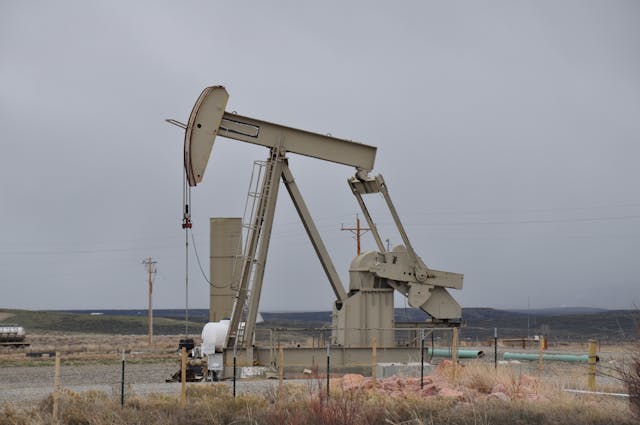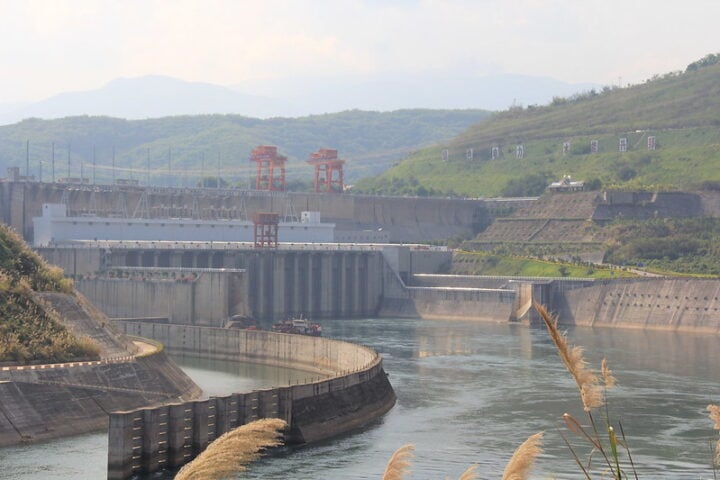This year India might unveil its first hydrogen powered train. These will be electric trains without a ’catenary‘, which is the system of overhead wires along railway tracks. The train will generate its own electricity using the new innovative fuel – hydrogen. Why is this significant? Well, running trains is not rocket science, but running them on hydrogen is certainly a step ahead. Fuel cells, the devices that combine pure hydrogen with oxygen to produce electricity & water were used on spaceships in the 1960s.
A nifty device like the fuel cell was bound to find other uses on Earth, even in 1999. The first National Bank of Omaha installed a fuel cell system to power its new data center that had faced a crippling power shortage a year earlier. Each hour of downtime had cost $6 million. An independent analysis in 2009 showed the center never suffered a system shutdown in the 10 years with the help of the cells.
Europe took the lead in fuel cell trains when Germany rolled out a French – built train in September 2018. Since then, the German state of Lower Saxony has added five such trains & it intends to phase out all 128 of its diesel trains within a few years.
These trains carry hydrogen in rooftop tanks & take oxygen from air to produce electricity in their fuel cells. The electric energy is stored in batteries to power the motors because fuel cells cannot suddenly increase their output for acceleration. During braking energy is created from the wheels and in return stored in the battery to increase mileage.
The U K, which intends to phase out all its railway engines by 2040, is using dual mode technology called hydroFlex. The trains will switch from hydrogen to catenary power wherever it is available. France, too, has ordered dual-mode hydrogen trains from Alstom that can also run on catenary power wherever it is available.
- UK Exported 8,500 Tonnes of Banned Pesticides in 2023, 98% from Syngenta
- Miniature Dachshund Valerie Survives 500 Days Lost on Kangaroo Island
- AI Adoption Adds 2.2 Hours to Weekly Workload, CEPR Study Finds
- Four Rare Amur Tiger Cubs Born at Longleat Safari Park
- Trump Administration Cuts $12B in Health Grants, States Lose Funding
Allstom’s Coradia iLint trains used in Lower Saxony have a top speed of 140 kmph & a maximum range of 1,000 km. The tanks on top of each train unit carry 130 kg of hydrogen that can be filled in 15 minutes. German firm Siemens’ hydrogen trains have a range of 600 km & a top speed of160 kmph. Allstom claims it to be world’s first hydrogen powered train.


















